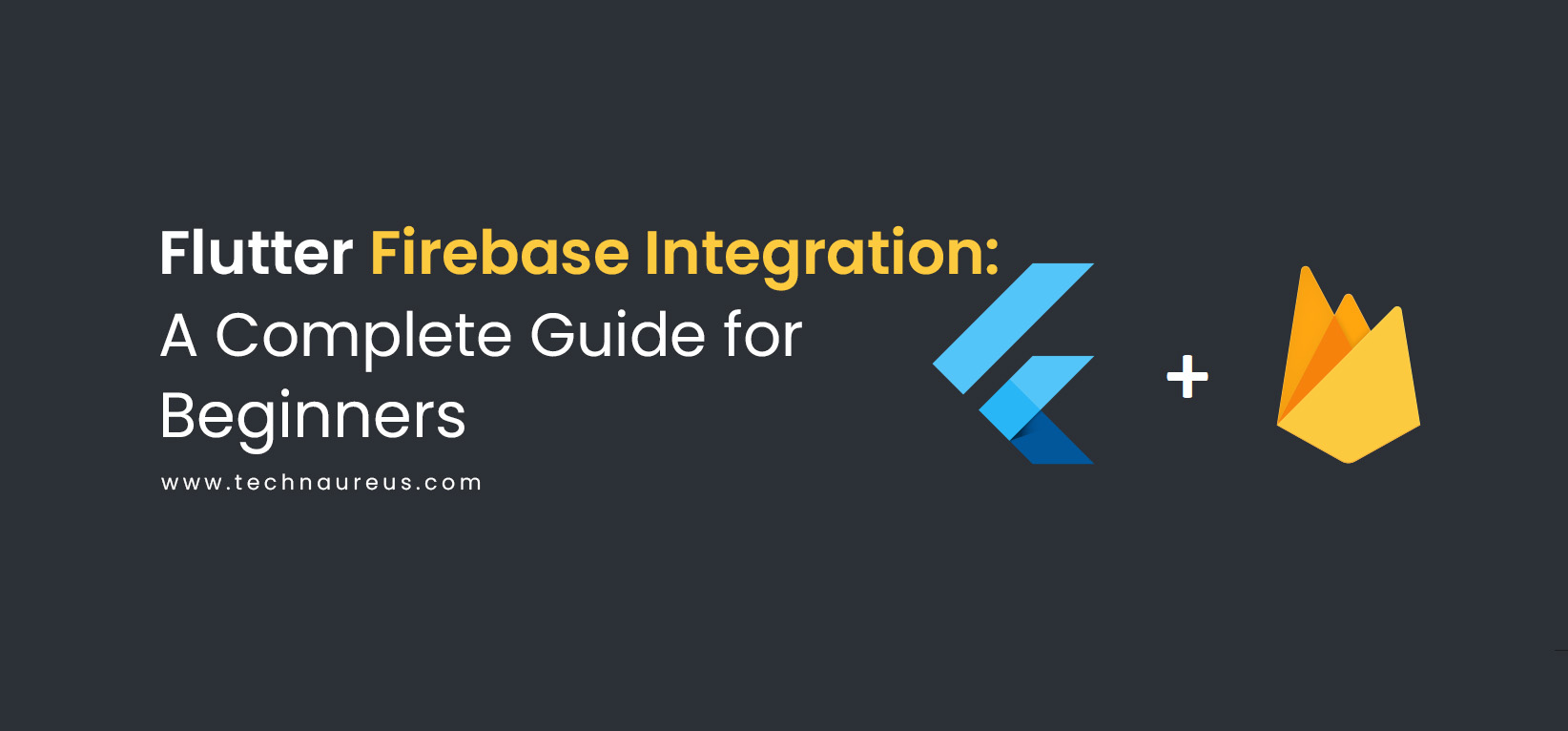Mohammad AfsahMay 5, 2025
In the ever-evolving world of mobile development, creating high-performing, scalable, and feature-rich apps is no longer optional—it’s a necessity. If you're using Flutter, Google's powerful UI toolkit, combining it with Firebase can supercharge your app’s backend capabilities. This blog covers everything you need to know about Flutter Firebase integration, helping you build better apps faster.
Whether you're a beginner or a growing developer looking to streamline your development process, this guide walks you through integrating Firebase into your Flutter project, step by step.
Firebase is a Backend-as-a-Service (BaaS) platform provided by Google. It offers a comprehensive suite of tools like authentication, cloud storage, real-time database, analytics, and more. Integrating Firebase into a Flutter app offers several advantages:
When you combine the flexibility of Flutter with the power of Firebase, the result is a modern, efficient, and production-ready mobile application stack.
Choose the platform (Android/iOS/Web) and:
In your pubspec.yaml file, add the following packages:
Run:
Then, initialize Firebase in your main.dart:
This step is crucial to connect your Flutter app with Firebase services.
Once Firebase is connected, you can start using its rich features. Let’s explore some of the most popular ones.
Firebase Authentication allows you to sign up, log in, and manage users. It supports:
It’s that simple! Firebase handles all the backend logic, security, and token management.
Need to store structured data? Firestore is Firebase’s NoSQL database solution.
To handle user-generated content like images, Firebase Storage is a must-have.
You can also get the download URL and store it in Firestore.
Integrating Firebase with Flutter can help you build:
To get the most out of your Flutter Firebase integration, follow these tips:
Avoiding these mistakes will ensure a smooth development and deployment experience.
Incorporating Flutter Firebase integration into your development process opens up a world of powerful backend capabilities, all while keeping your app lightweight and maintainable. From managing user authentication to handling databases and media storage, Firebase gives you everything you need under one roof.
Whether you're building an MVP or scaling a production app, mastering this integration will significantly enhance your productivity and app quality.
Start integrating Firebase into your Flutter app today, and take your development to the next level.

0